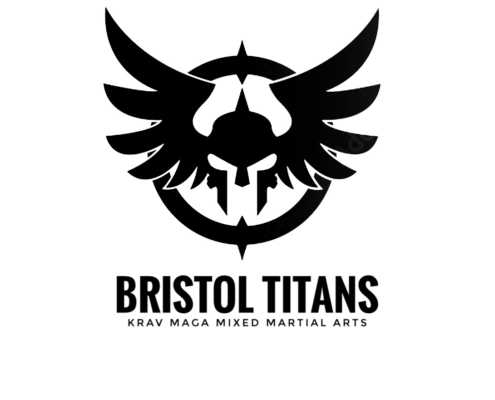The Principles of Krav Maga
Krav Maga has evolved from decades of front line, real world violence. Under the pressure of high levels of aggression and violence certain training principles have been proven to be the most effective. These principles are unique to Krav Maga.
Krav Maga: designed by the Military – adapted for civilians
The 4 Basic Combat Principles
1. Stop the immediate threat
When being attacked, the first and most important step is to stop the immediate threat. This could be stopping a choke, a grab, a punch or a kick. It may also be determining which is the highest priority eg being held by the throat whilst punched in the face.
2. Fast, hard and aggressive counterattacks
Counter attacks should be hard, fast and aggressive. you need to be prepared mentally and physically to be more aggressive than the person attacking you. Ideally your counter attack would be simultaneous to your defence. Countering quickly can switch the paradigm of the person who is attacking you, to having to defend themself against you.
3. Disengage or disarm
Disengage as soon as the threat has been significantly neutralised and it is safe to do so. In the UK most attacks (55%) involve more than one person so we need to be in a position to use footwork, tactics and our physical skills so that we are not overwhelmed by attackers or jumped from behind. There may be exceptions to this such as when someone needs to be restrained or when a weapon is involved.
4. Scan for the next threat
Once you have disengaged, you need to look for the next threat. Physically looking so that you are able to overcome the effects of stress induced tunnel vision. At this stage we are looking for escape routes, multiple opponents, weapons or to look to get our principle (friend/partner/kids) to safety.
Krav Maga Training Principles
Krav Maga has a set of principles in which all of our training relates.
1. Simplicity
Techniques should be as simple as possible, this means they will be faster to learn, easier to master and you have a higher chance of retaining them over time. Simple techniques have a higher chance of success in high stress situations. Even after decades of training, when facing a real life threat armed with a knife or a glass, your body will flood with adrenaline, prepare for fight, flight (or freeze) and you will not remember or be able to perform a complex skill. Complex skills should be retained for shows and competitions
2. Use Natural Reactions and Instinctive Responses
Krav Maga uses instinctive and natural reactions where possible. Alongside the use of gross motor movements this increases your chance of being able to perform under pressure.
3. Utility
In Krav Maga we look to use families of techniques where ever possible, this is where one defence or movement can be used in multiple situations and against multiple attacks. Rather than have many unique defences to multiple attacks it is easier and more likely that you will be able to recall and use a few highly adaptable techniques against a multitude of situations and angles.
4. There are no rules in survival
On the street, the primary goal of self protection is survival. This means that we not only train you how to grapple and to strike, but also how to use improvised weapons, when and how to bite, gouge or strike to the groin. Criminals recognise no code of conduct and neither should the Krav Maga practitioner.
